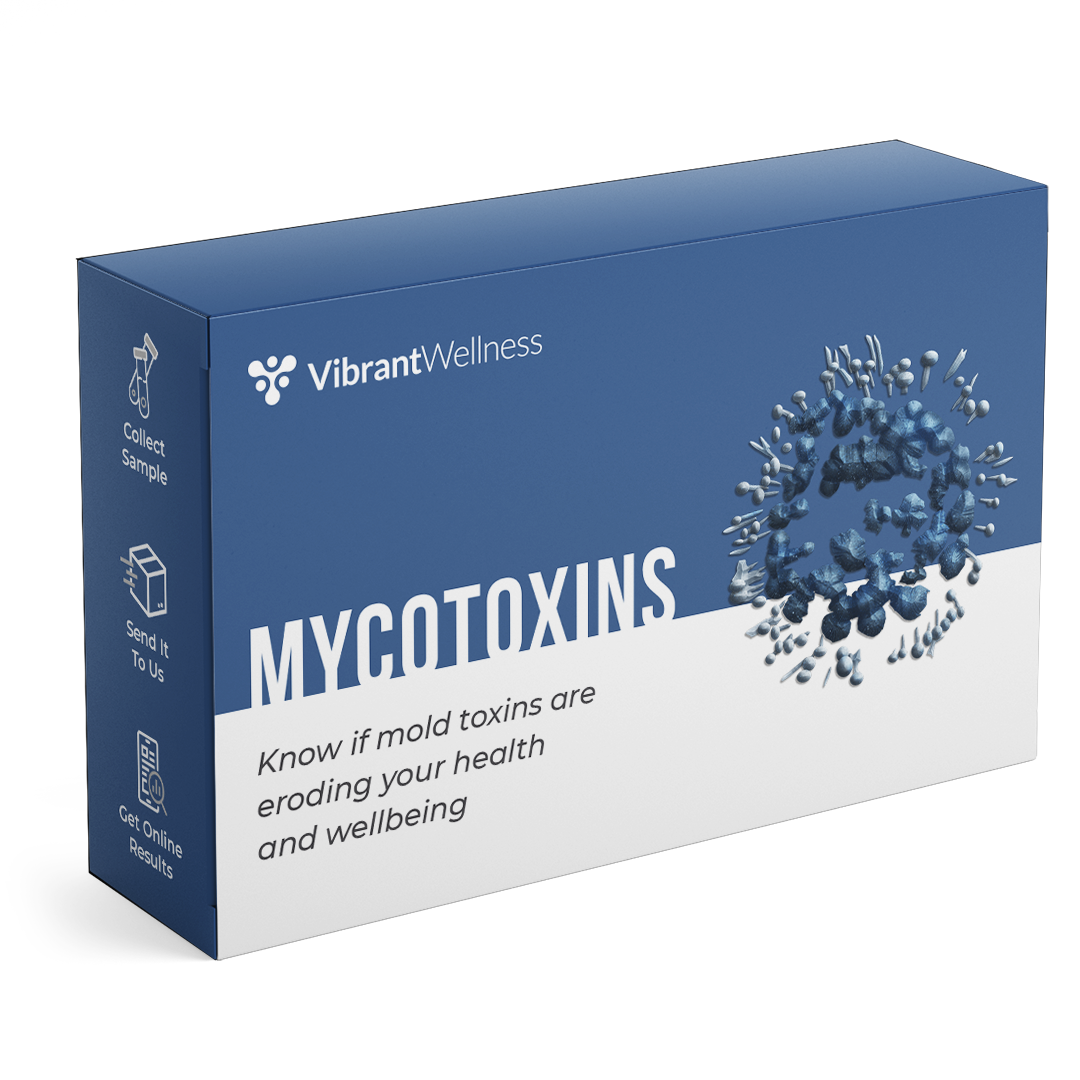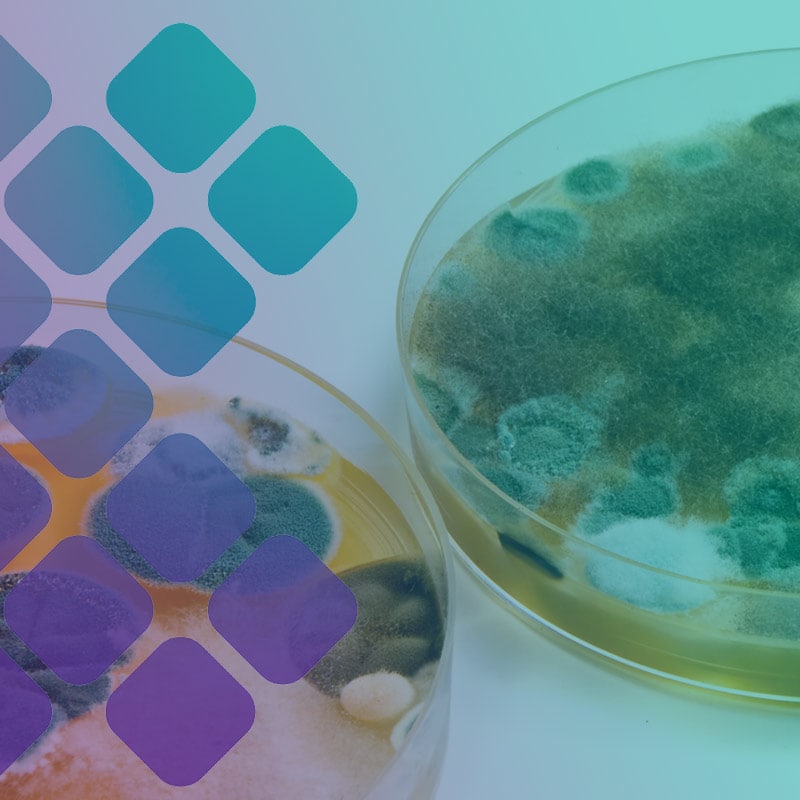Mycotoxin testing Services: A Key Component in Risk Monitoring Approaches
Mycotoxin testing Services: A Key Component in Risk Monitoring Approaches
Blog Article
How Mycotoxin Testing Assists Stop Contamination and Guard Food Materials

Mycotoxin screening is an indispensable method in the food sector, serving as a frontline defense versus contamination by hazardous toxic substances generated by molds. With the application of innovative techniques like High-Performance Liquid Chromatography (HPLC) and Liquid Chromatography-Mass Spectrometry (LC-MS), food manufacturers can properly evaluate and detect mycotoxin degrees in farming items.
Understanding Mycotoxins
Recognizing mycotoxins starts with identifying that they are harmful additional metabolites created by specific molds, which can infect farming products. These metabolites are not vital for the development or recreation of the fungis however can have extreme implications for human and animal health and wellness. Mycotoxins are generally found in staple plants such as corn, wheat, barley, and nuts, where they can multiply under particular problems of moisture and temperature.
There are several kinds of mycotoxins, each created by different fungal species. Fusarium species generate fumonisins and trichothecenes, both of which are associated with various severe and persistent health and wellness issues.

Dangers of Mycotoxin Contamination
The threats of mycotoxin contamination are multifaceted, positioning considerable risks to both food safety and public wellness. Mycotoxins, toxic substances created by specific sorts of fungi, can infect a large range of farming items consisting of grains, nuts, seasonings, dried fruits, and coffee. As soon as these toxins penetrate the food supply, they can cause severe health concerns such as liver damages, kidney failure, and also cancer. At risk populations, including kids, the elderly, and immunocompromised people, are particularly at threat.
Financial impacts are one more significant worry. Contaminated crops can cause substantial economic losses for farmers and food producers because of decreased returns and the requirement for pricey decontamination actions. Moreover, international profession can be substantially prevented as nations enforce stringent mycotoxin policies to protect their populaces, bring about rejected deliveries and stretched trade connections.
Ecological variables such as climate adjustment aggravate the risk of mycotoxin contamination. Variations in temperature and humidity can produce favorable conditions for fungal growth, enhancing the probability of contamination occasions. Hence, understanding and mitigating these dangers are critical for making sure the safety and security and integrity of global food materials.
Approaches of Mycotoxin Examining
Properly determining mycotoxin contamination in farming products is crucial for safeguarding public health and preserving food safety and security standards. Various techniques are employed to spot and evaluate mycotoxins, each offering details advantages and constraints.
High-Performance Liquid Chromatography (HPLC) is an extensively used technique as a result of its high level of sensitivity and accuracy. It involves separating mycotoxins from various other compounds in an example, enabling accurate quantification. Liquid Chromatography-Mass Spectrometry (LC-MS) combines fluid chromatography with mass spectrometry to give in-depth molecular info, making it especially helpful for identifying multiple mycotoxins simultaneously.

Gas Chromatography-Mass Spectrometry (GC-MS) and Thin-Layer Chromatography (TENDER LOVING CARE) are likewise employed, each with special applications. GC-MS is reliable for unpredictable mycotoxins, while tender loving care uses an easier, economical option for preliminary screening.
Benefits of Normal Examining
Routine screening for mycotoxins in agricultural items supplies many advantages, significantly contributing to public health and food safety and security. By recognizing contamination early, normal testing helps prevent the circulation of hazardous foods, thus decreasing the risk of mycotoxin-related illnesses amongst consumers. This proactive strategy not only safeguards human health yet likewise improves the overall top quality of food products.
Constant testing additionally supports regulatory compliance. Various countries and regions have actually established stringent restrictions for mycotoxin levels in go to my site food and feed. Following these restrictions with routine testing makes certain that manufacturers and suppliers satisfy lawful criteria, thus avoiding penalties and profession obstacles. In addition, preserving compliance fosters customer count on and brand reputation, which are critical for market success.
Furthermore, normal mycotoxin testing can result in substantial financial benefits. Early discovery of contamination permits for prompt intervention, minimizing potential losses from widespread contamination. Carrying out normal testing methods can likewise reduce recall costs and relevant responsibilities, which can be financially devastating.
Moreover, routine testing gives important information that can inform much better farming practices and storage space problems. By understanding patterns of contamination, manufacturers can adopt precautionary steps, thus reducing future dangers and adding to the sustainability of the food supply chain.
Applying Evaluating Procedures
Applying effective mycotoxin testing protocols is important for ensuring the safety and quality of agricultural items. Developing a robust testing framework includes numerous crucial actions, starting with the identification of potential contamination points within the manufacturing and supply chain. This consists of pre-harvest, post-harvest, storage, and circulation stages. Each phase needs to be looked at to pinpoint where mycotoxin contamination is probably to occur.
As soon as important control points are recognized, picking ideal testing methods is necessary. Usual techniques include enzyme-linked immunosorbent assay (ELISA), high-performance liquid chromatography (HPLC), and mass spectrometry (MS) Each approach has its strengths and weak points; thus, picking the right one depends upon the specific mycotoxin being checked, the called for level of sensitivity, and offered sources.

Finally, integrating the testing methods into a detailed food security administration system is advisable. This boosts traceability and makes it possible for quick restorative actions when contamination is found, therefore securing the stability of the food supply chain.
Final Thought
Mycotoxin testing is necessary in preventing contamination and guarding food supplies by making it possible for early discovery of harmful toxic substances produced by mold and mildews in agricultural items. Regular screening improves brand name credibility, financial stability, and trust fund in food safety and security by reducing contamination-related losses and preserving high standards in food production.
Mycotoxin testing is an essential technique in the food sector, offering as a frontline defense against contamination by hazardous toxic substances created by mold and mildews. An integrated method entailing farming practices, storage administration, and routine testing can alleviate anchor the threats associated with mycotoxin contamination, guaranteeing food security and public wellness.
The threats of mycotoxin contamination are complex, posing considerable risks to both food security and public health and wellness.Regular testing for mycotoxins in agricultural products supplies numerous benefits, considerably contributing to public health and food safety.Mycotoxin screening is essential in preventing contamination and safeguarding food products by allowing early discovery of dangerous toxic substances created by molds in farming items.
Report this page